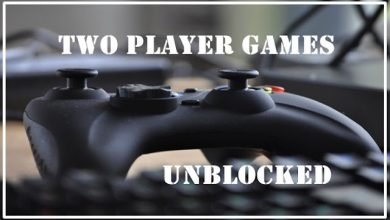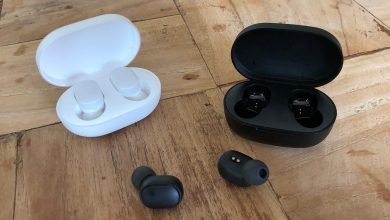Watch Technology: Things You Need to Know About Watch Movements

Some first-time watch buyers only think of the design or the look of a watch when they go watch-shopping. But, when it comes to the technology behind a timepiece, they’re often caught in confusion and a host of misconceptions.
For instance, not a lot of them really know about watch movements. The watch movement or caliber is the mechanism that makes a timepiece work. Knowing about watch movements is crucial when watch-shopping. So, for a little help, here are the things that you need to know about watch movements.
Watch Movement: Defined
A timepiece works because of the watch movement or caliber inside it. Besides telling time, there are also what horologists called watch complications that exist in a watch.
Examples of watch complications include minute repeater functions, stopwatch functions, calendar, moon phase indicators, multiple timezone indicators, among others. And they’re powered by the watch movement or caliber.
Since you now know what a watch movement is, it’s time to understand the three kinds of watch movements: the manual, automatic, and quartz movements.
Manual Movement
A timepiece powered by a manual movement uses a spring-driven mechanism that the wearer needs to wind periodically. There’s a mainspring in it that conveys energy through various springs and gears. This mechanical process enables the watch to display accurate time and power its multiple functions.
Many watch lovers prefer watches with a manual caliber due to the quality craftsmanship of assembling all those complex moving parts and springs that make the watch function. It’s incredible how watchmakers put together those tiny parts of a manual watch. Indeed, even the designs of manual watches are a work of art.
A lot of people want to own a manual watch due to its watchmaking tradition and its investment value, and it’s also deemed as a symbol of financial status.
Advantages:
- It doesn’t require a battery to work
- Very durable and can last a long time with proper care
- It’s an excellent investment asset
- Have fantastic designs
- Made with quality craftsmanship
Self-Winding or Automatic Movement
An automatic movement is a mechanism that is wound by the motions of the wearer’s wrist. So, if you wear this kind of watch, you don’t need to manually turn the spring any more as it utilizes the kinetic energy coming from the movements of your wrist.
There are some similarities to the parts of an automatic watch and manual watch. For instance, there are moving gears that spin and transfer energy to the mainspring, which makes the watch work. But, in an automatic watch, the moving parts are put together in a way that results in the mainspring to wind automatically with every motion of the wrist.
You can also find extra rotors linked to the mechanism for the watch to function with precision. These additional rotors make the timepiece heavier and thicker than other types of watches. Examples of watch models powered by an automatic caliber are Omega Speedmaster, Seiko Prospex, and Tag Heuer Formula 1.
Advantages:
- No need to wind as the mainspring is wound automatically by the motion of the wearer’s wrist.
- It doesn’t require a battery for it to function
- Comes in a wide range of designs
- Durable
- Valuable
Quartz Movement
In the 60s, Seiko introduced the first timepiece that runs on a quartz movement. It’s a trailblazing innovation that kind of changed the landscape of the world of watchmaking ever since, given the fact that mechanical movements power most watches in that era.
After the introduction of the quartz movement, some established watchmakers follow suit. They also introduced their own timepieces powered by this new watch technology at the Basel Fair in 1970.
So, how does a quartz movement work?
A quartz movement uses a battery as its main source of power. The battery transmits electrical signals through a piece of quartz crystal, and the crystal produces vibrations to spin the rotor and move the hands of the watch.
Advantages:
- Very accurate when it comes to measuring time
- Require minimal maintenance
- Less expensive
- lightweight
Takeaway
If you’re planning to buy a wristwatch, you must know the different types of watch movements. A watch movement or caliber is a feature that you shouldn’t neglect when watch-shopping because it’s the mechanism that powers the timepiece.
You should see to it that you buy an authentic watch with a great watch movement that can tell time accurately and power its various functions.




